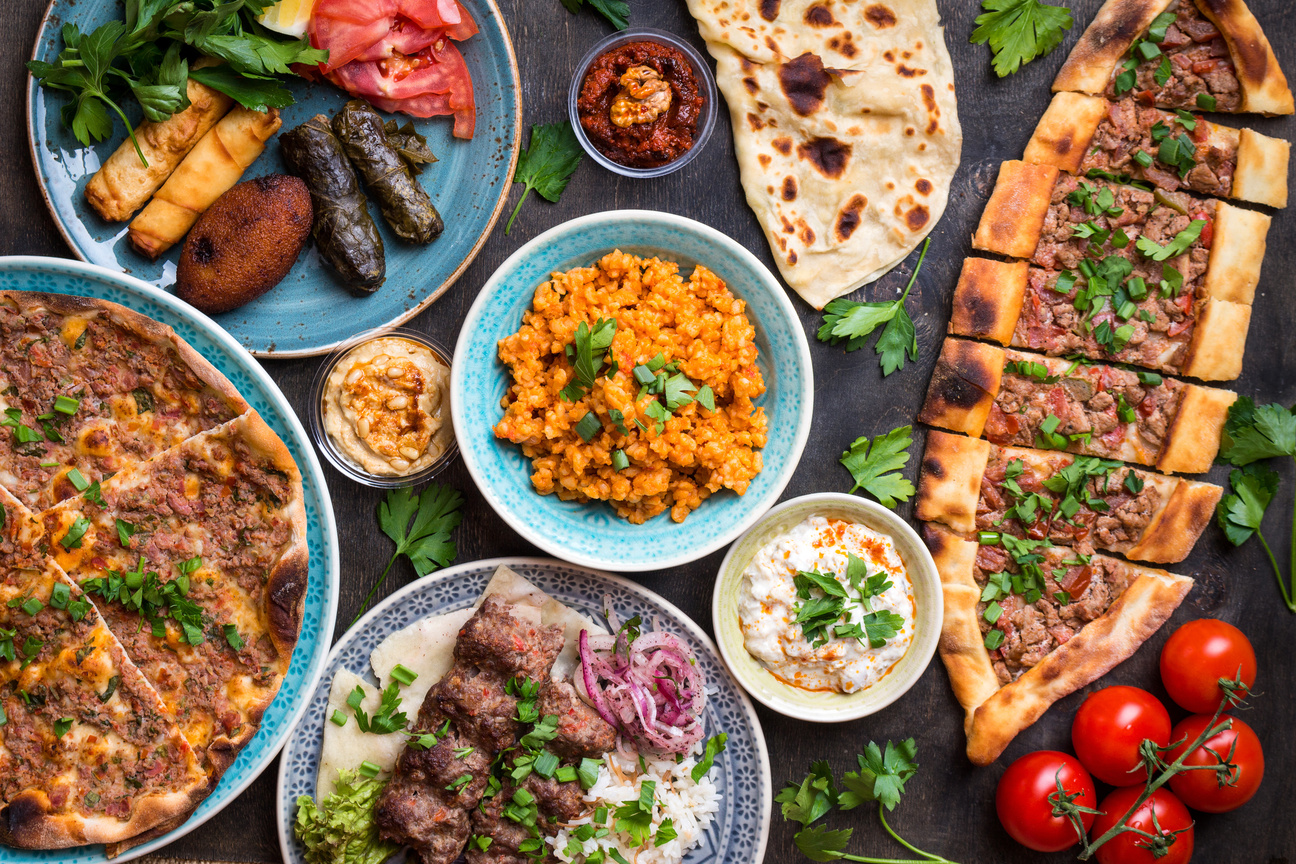
Turkish cuisine, known for its variety and rich history, has earned a place on tables across the globe.
These dishes, with their bold flavors and cultural significance, are now beloved in many countries.
Here is a detailed look at the top 10 Turkish foods that have gained worldwide recognition, along with a bonus treat to complete the list.

Doner kebab is one of the most well-known Turkish dishes internationally.
The dish gained global fame in the 1970s when Turkish immigrants brought it to Germany. Its widespread appeal stems from its rich flavor and versatility.
Doner can be paired with fresh vegetables, creamy sauces and spices to suit local tastes while retaining its Turkish essence.
Basic ingredients: Marinated meat, vegetables, flatbread and yogurt-based sauces.
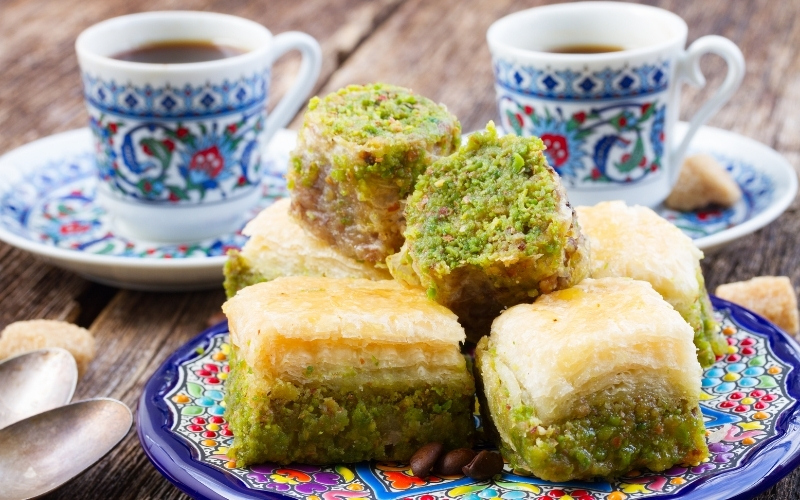
Baklava is a dessert that has become a symbol of Turkish culinary artistry.
Today, it is enjoyed worldwide, from Middle Eastern bakeries to upscale restaurants. Gaziantep, a city in Türkiye, is famous for its pistachio baklava, earning it protected status in Europe.
Basic ingredients: Phyllo dough, pistachios or walnuts, butter, and sugar syrup.
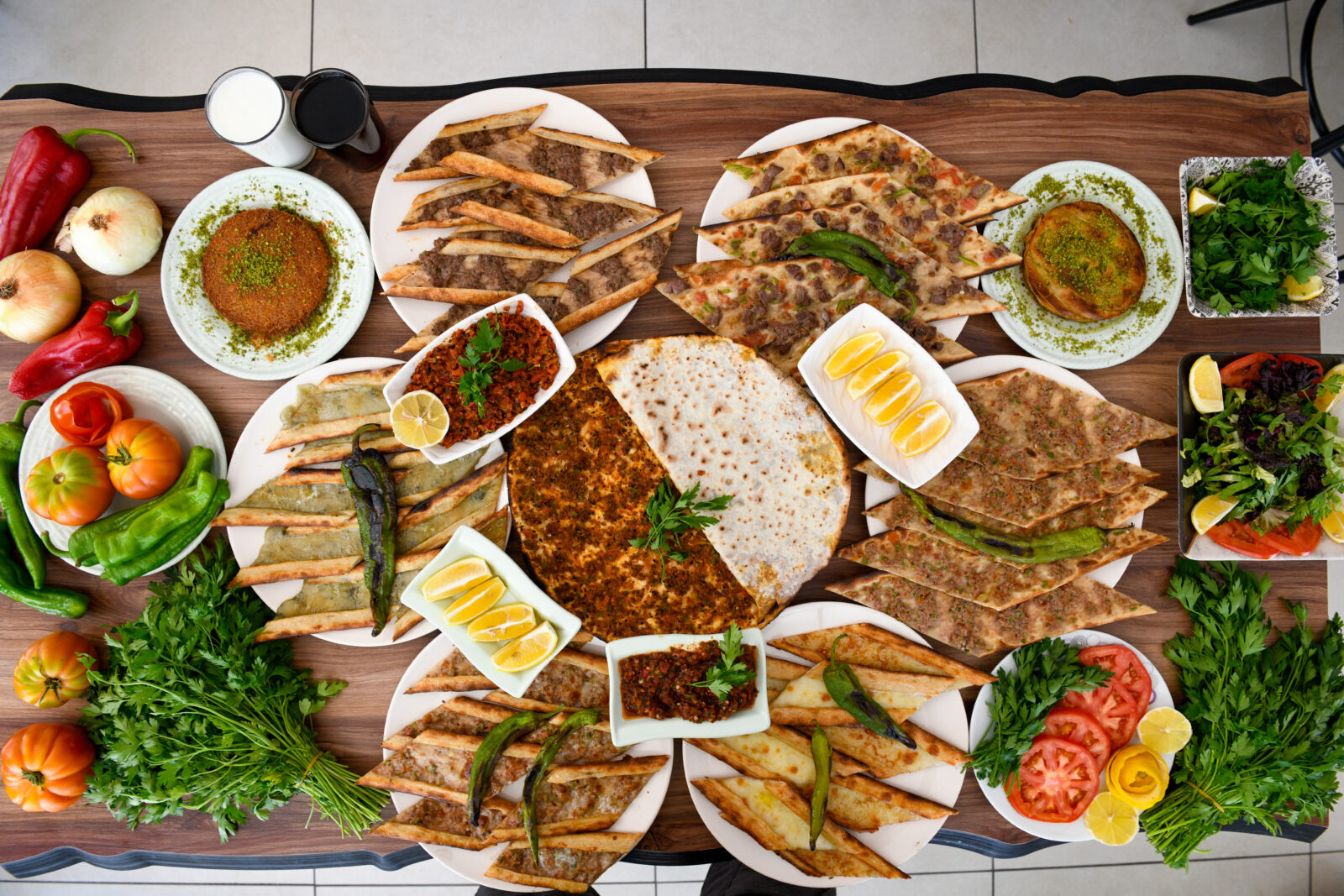
Often called "Turkish pizza," Lahmacun has also made its way from Turkish cuisine to many kitchens worldwide.
Lahmacun originated in southeastern Türkiye and has grown in popularity worldwide. Its appeal lies in its simplicity and the satisfying balance of spicy and fresh flavors when paired with parsley and lemon.
Basic ingredients: Dough, minced meat, onions, tomatoes and spices.
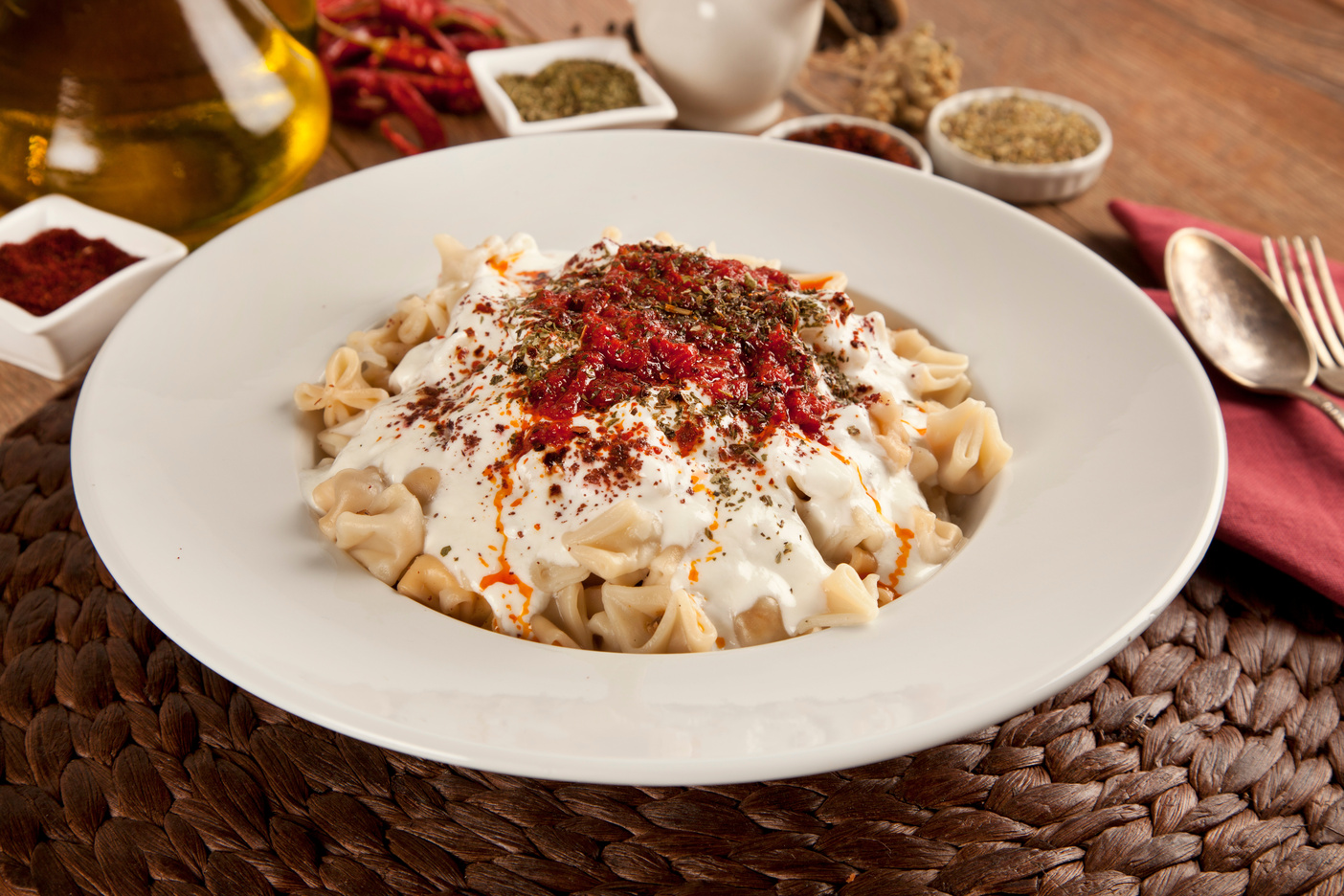
Imagine dumplings with spiced meat and a tasty twist on Turkish cuisine.
This labor-intensive dish reflects the detail and care that Turkish cuisine is known for. Manti has also found fans globally, often compared to ravioli but with a unique Turkish twist.
Basic ingredients: Dough, minced meat, yogurt, garlic and butter.
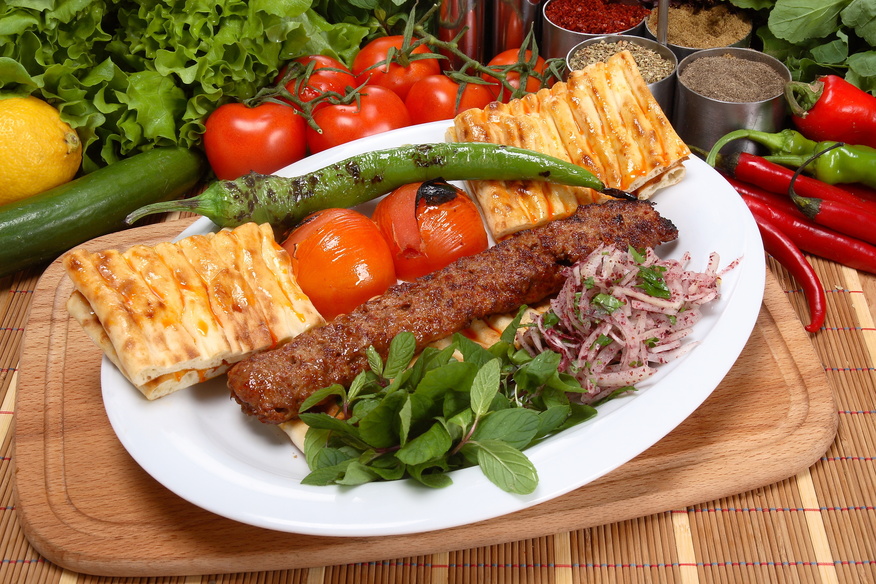
This staple dish of Turkish cuisine is named after the southern city of Adana.
Adana kebab's bold and spicy flavor has made it a standout among Turkish kebabs. Variations like the Urfa kebab cater to those who prefer milder options. It has become a signature item on menus in Turkish restaurants worldwide.
Basic ingredients: Ground lamb, red pepper, and spices.
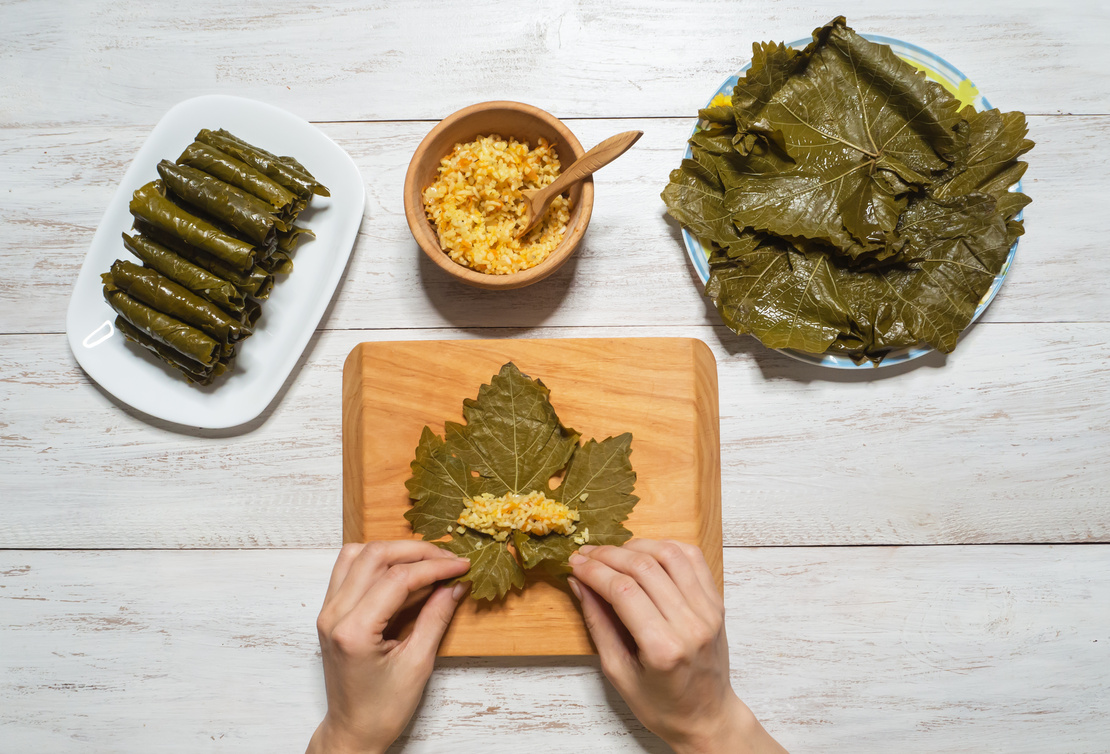
Zeytinyagli sarma are basically stuffed grape leaves, considered a cornerstone of Turkish cuisine.
This dish is a staple in the Aegean region of Türkiye, known for its emphasis on olive oil-based recipes. The delicate preparation and refreshing taste have made it a popular choice beyond Türkiye's borders.
Basic ingredients: Grape leaves, rice, olive oil, pine nuts, and herbs.
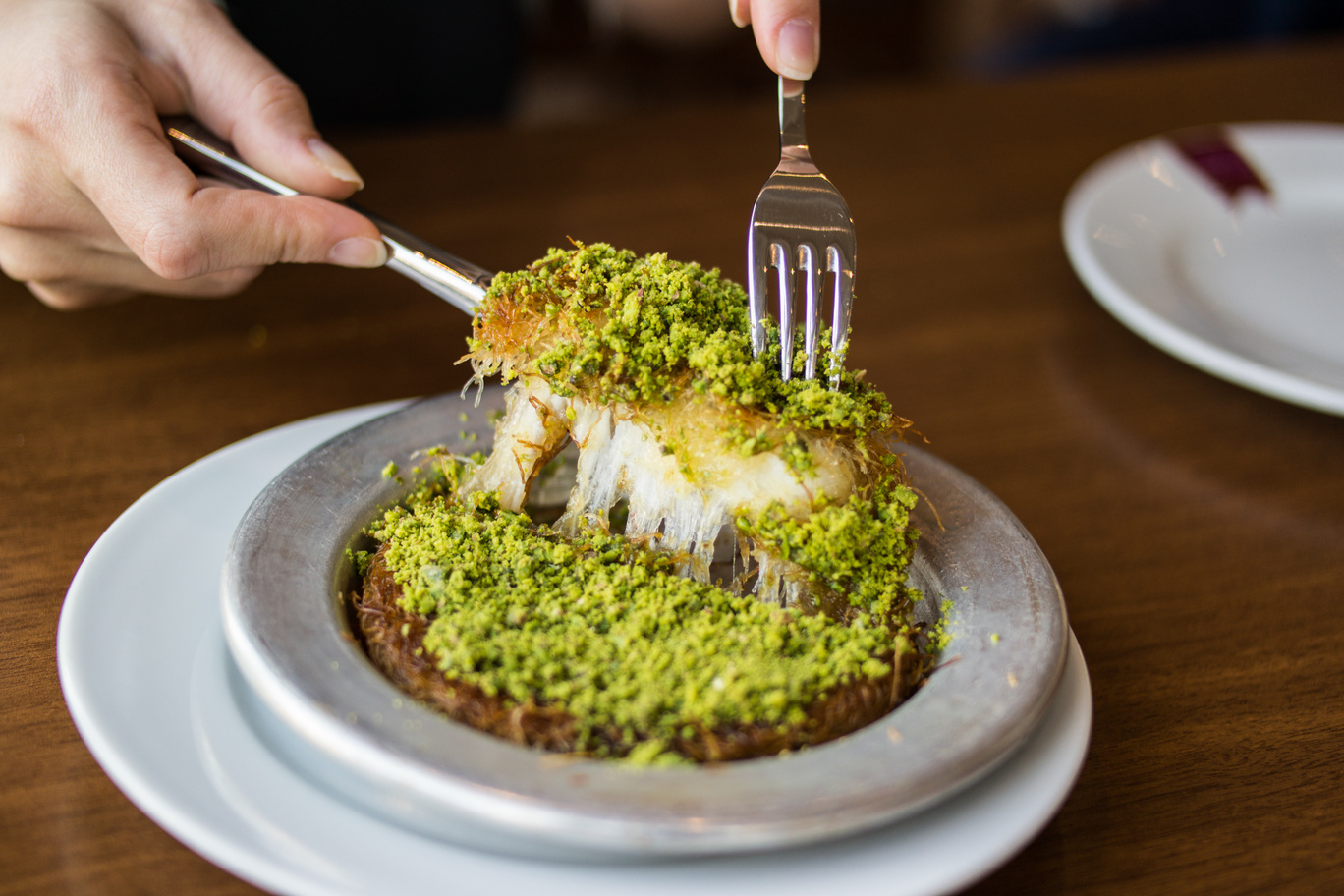
Kunefe is a delicacy of Turkish cuisine that offers the best of both worlds; sweet and salty, soft and crunchy.
Originating from Hatay, kunefe has become a beloved dessert in Middle Eastern and Mediterranean cuisines. It is often enjoyed after savory meals as a rich and indulgent treat.
Basic ingredients: Phyllo dough, cheese, sugar syrup and pistachios.

Many cities in Türkiye claim to make the best meatballs—Izmir, Inegol, Tekirdag, and Bandirma to name a few. However, let's stick to the basics.
Kofte's versatility and regional variations make it a favorite both in home kitchens and on restaurant menus, offering a taste of Turkish cuisine's diversity in every bite.
Basic ingredients: Ground meat, onions, breadcrumbs and spices.
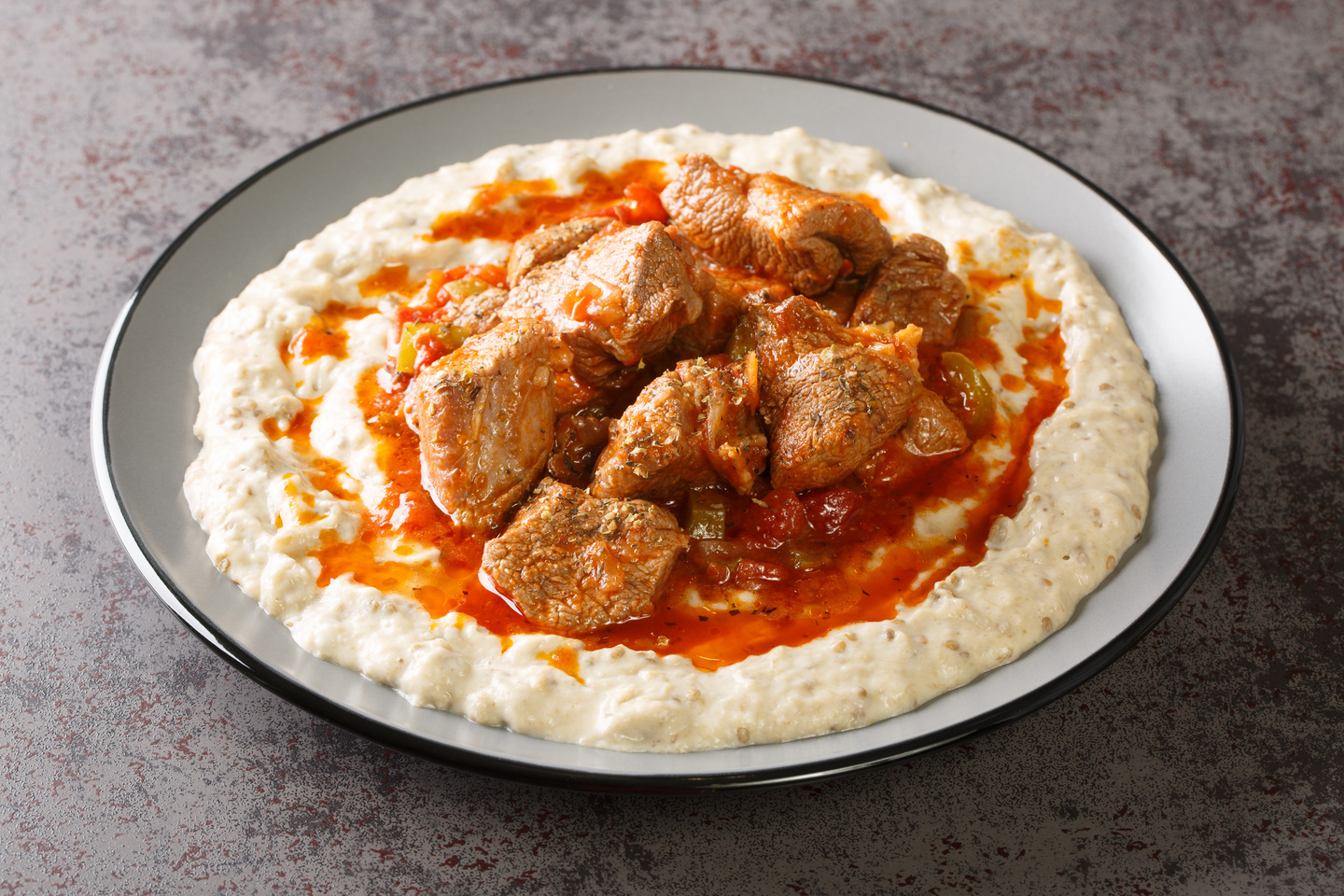
Hunkar begendi, translating to "the sultan liked it," is an Ottoman-era dish combining smoked eggplant puree with a creamy sauce, topped with slow-cooked lamb or beef. The dish is said to have been created to impress a visiting empress, blending Turkish and European techniques.
Its rich flavors and luxurious presentation make it a favorite in Turkish fine dining.
Basic ingredients: Eggplant, milk, butter, and lamb or beef.
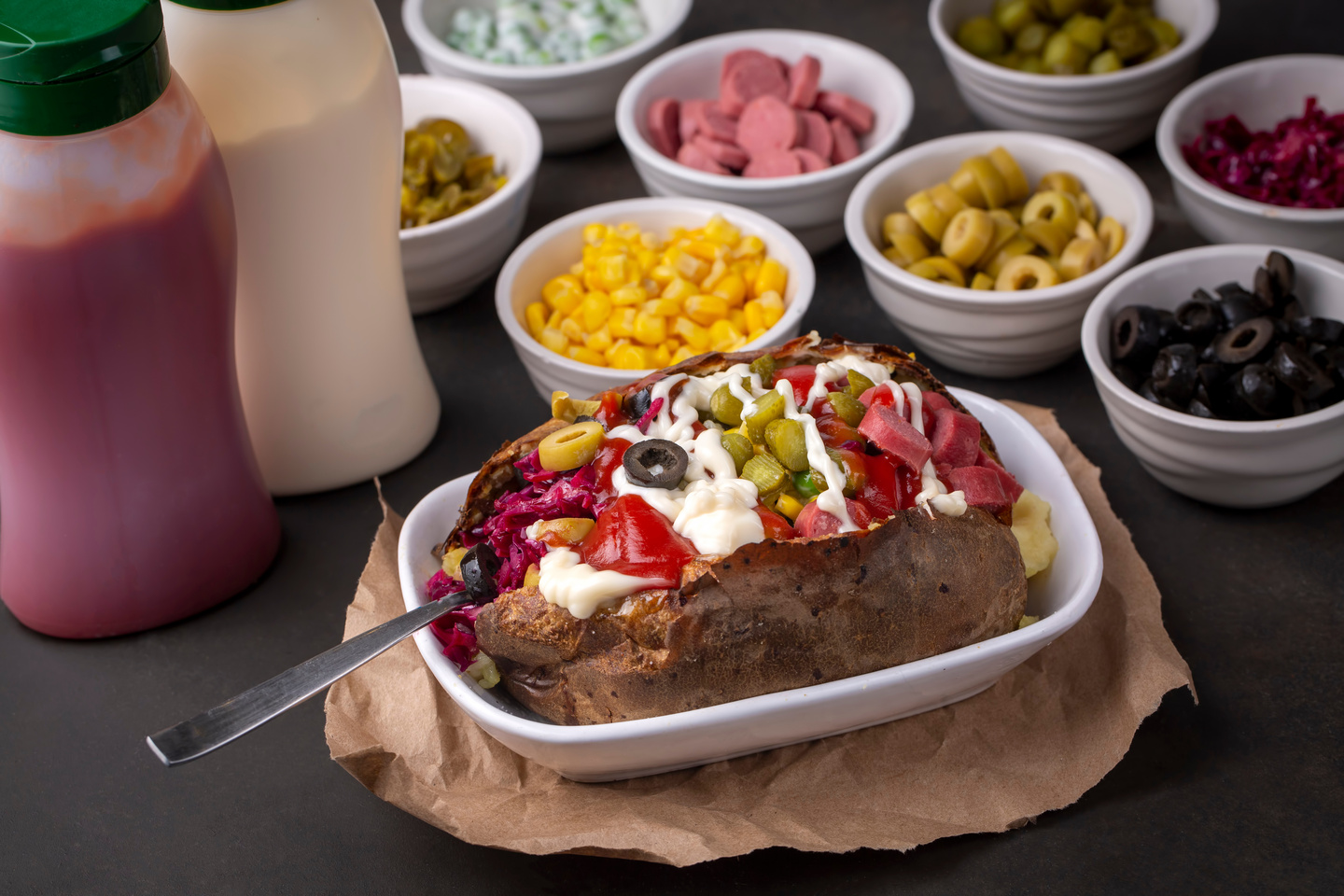
Kumpir is a baked potato with a delicious Turkish twist.
Its interactive preparation and hearty ingredients make kumpir a favorite for tourists and locals alike.
Basic ingredients: Potatoes, butter, cheese, and assorted toppings.
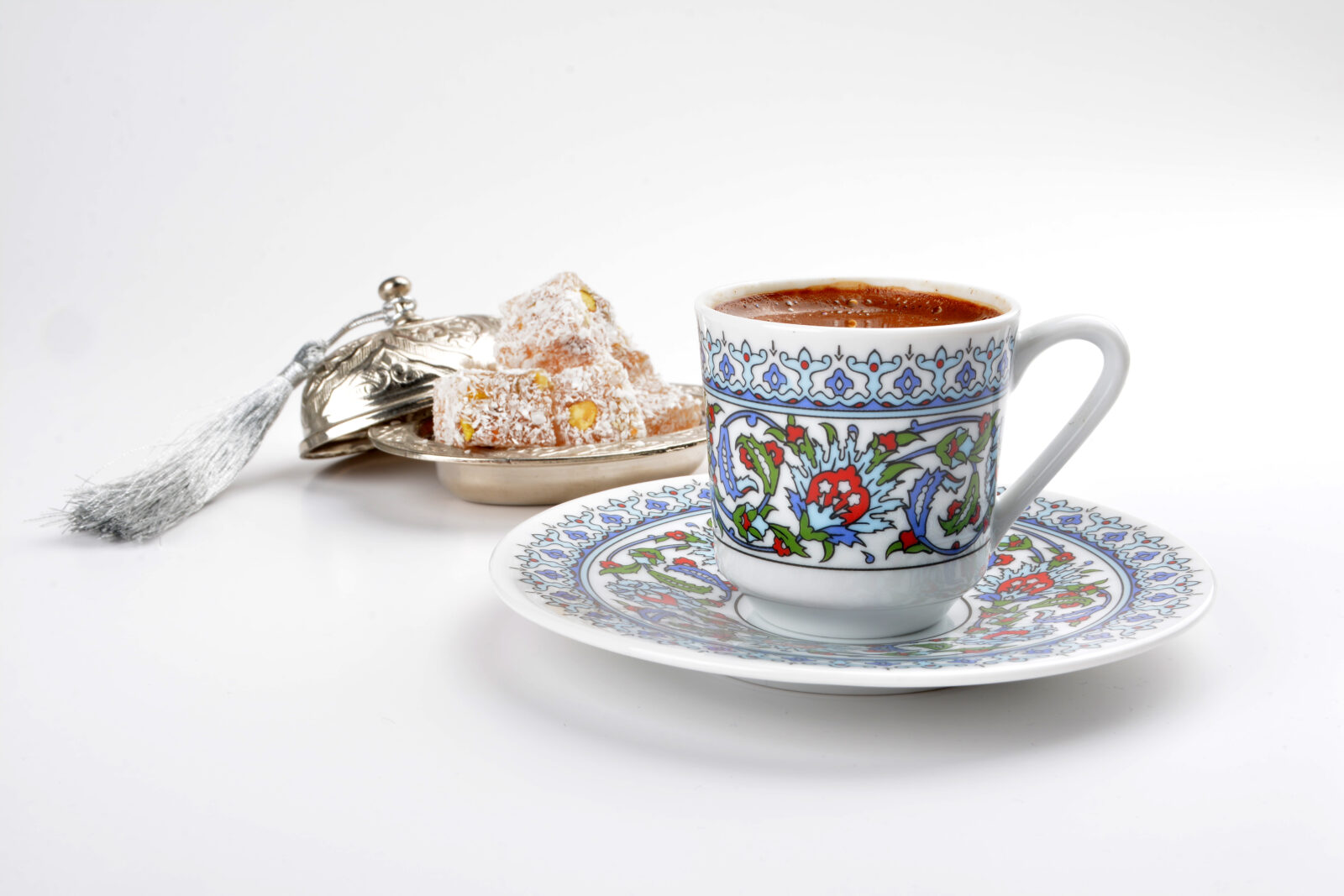
Lokum, or Turkish delight, is a chewy, fragrant confection often flavored with rosewater, pomegranate, or lemon. These small cubes are dusted with powdered sugar and served alongside Turkish coffee or tea.
Lokum gained international fame in the 19th century, introduced to Europe as a "Turkish delight." It remains a staple of Turkish hospitality and a popular gift item.
Basic ingredients: Sugar, starch, water and flavorings.
From the smoky richness of kebabs to the flaky sweetness of baklava, Turkish cuisine offers a wide array of dishes loved across the world.
These delicacies not only connect people to Türkiye's heritage but also bring its vibrant flavors to tables everywhere. Whether you're enjoying a doner in Berlin or kunefe in New York, these dishes represent the enduring appeal of Turkish food.